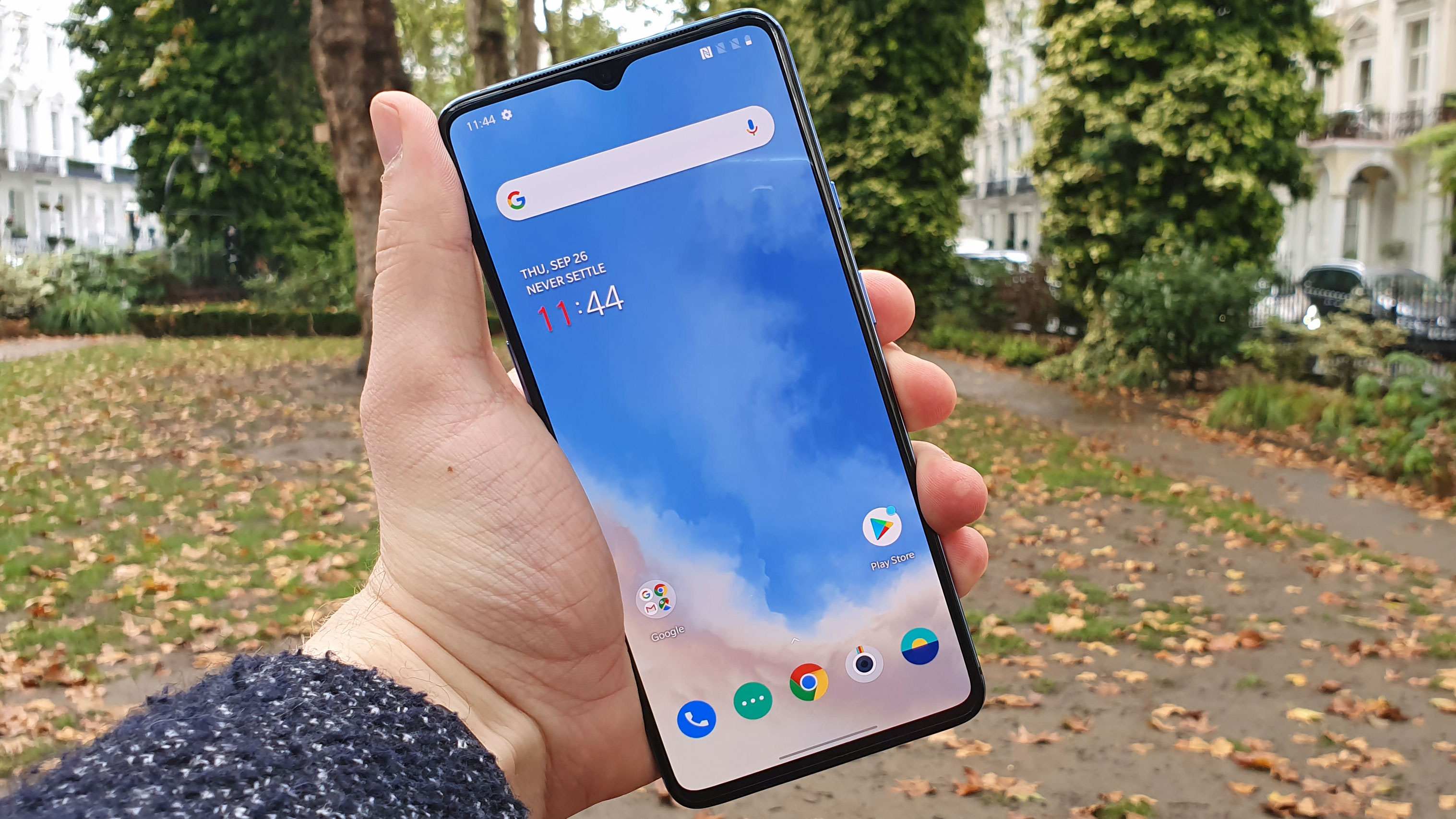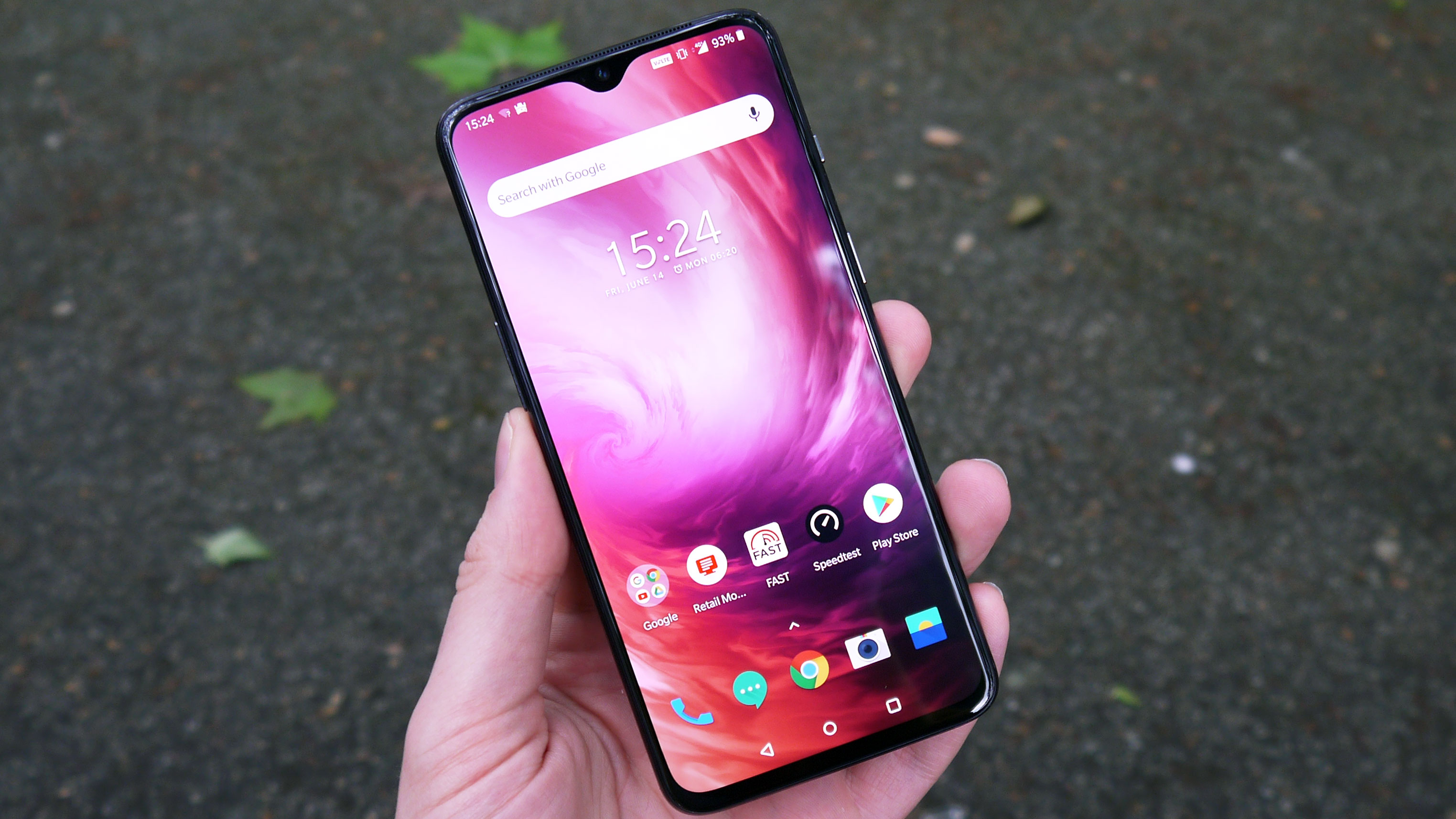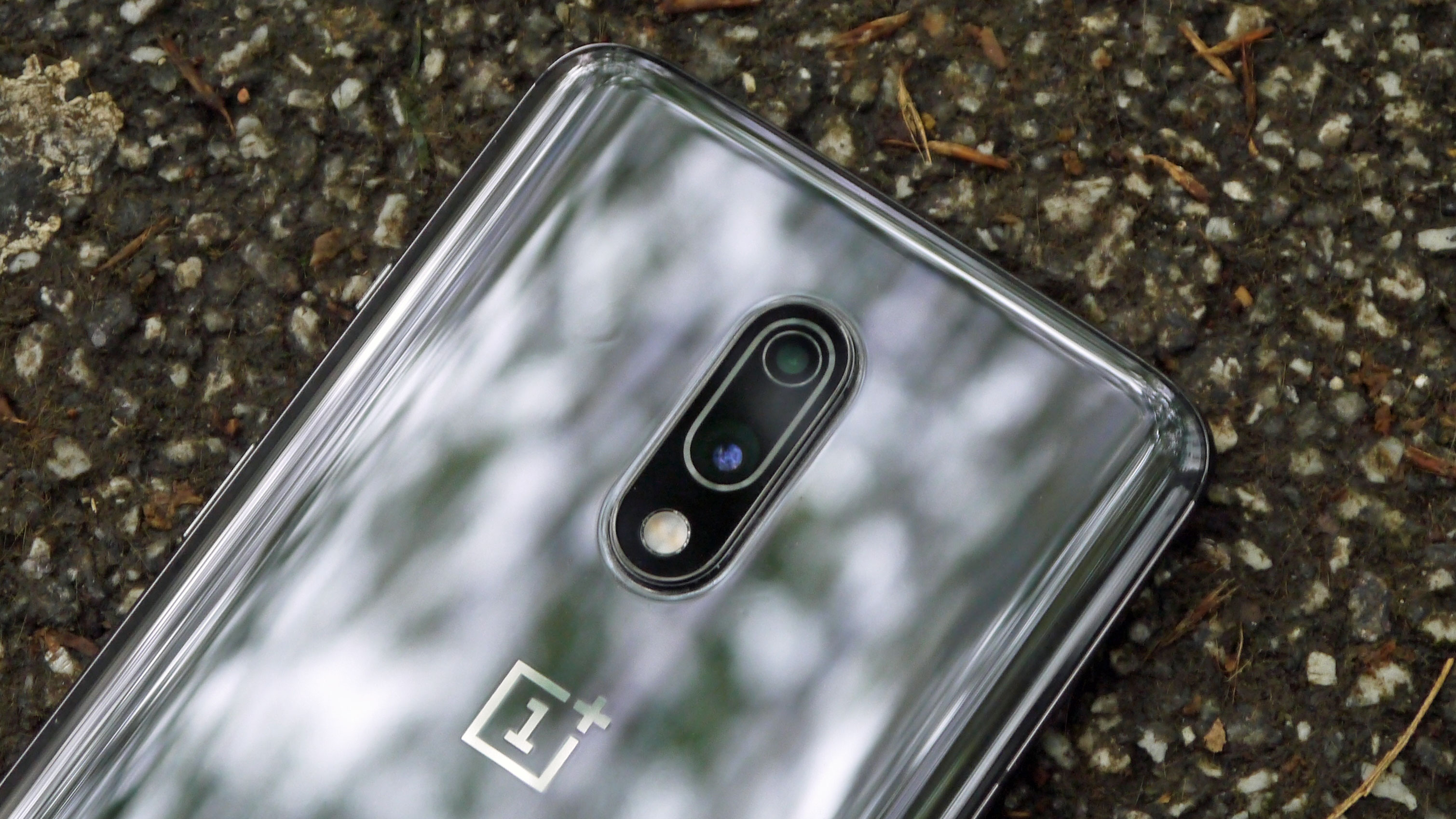OnePlus 7T vs OnePlus 7: what's new in the upgraded handset?

OnePlus has just unveiled the OnePlus 7T, an upgraded version of the OnePlus 7 from June 2019.
This follows the normal pattern OnePlus takes, releasing a flagship phone in the middle of the year, then following it up with a T variant later on.
So what exactly has OnePlus changed from the 7 to the 7T? Well, quite a lot actually. We’ve run through all the changes, so if you’re in the market for a new OnePlus phone, you know what you’re looking at.
Price and availability
When the OnePlus 7 came out it cost £499 (around $640, AU$930) for 6GB of RAM and 128GB of storage, and £549 (around $700, AU$1,000) for 8GB / 256GB.
In India, the OnePlus 7T costs ₹37,999 / $599 (roughly £430, AU$790) for the 8GB / 128GB handset and ₹39,999 (around $565, £455, AU$830) for 8GB / 256GB. That means it could end up being cheaper than the OnePlus 7, but prices often change for different markets.
We don't know the UK release date or price for the OnePlus 7T, and we'll likely only find out on October 10 when the smartphone launches outside India. In the US it'll be out on October 18, and in India you can pick it up from September 28.
The 256GB storage version of the phone won't be available in the US, however.
Sign up for breaking news, reviews, opinion, top tech deals, and more.
That means, we don't know how the OnePlus 7T compares to the 7 in the cost department just yet, but we'll know for sure rather soon.
Design and display

Perhaps the biggest changes from the OnePlus 7 to the OnePlus 7T are in terms of the design and display, as there has been a major change in both.
The OnePlus 7T’s display is 6.55 inches, making it bigger than the OnePlus 7’s 6.41-inch screen, although both use AMOLED tech for vibrant colors and a1080p resolution.
The main difference between the two screens is that the OnePlus 7T has a 90Hz refresh rate, which means on-screen motion is smoother and more graceful. This tech comes from the OnePlus 7 Pro, which has it, however the base 7 only has a 60Hz refresh rate, which is standard for most smartphones.
One other small difference is that the OnePlus 7T’s screen has HDR10, which is lacking on the OnePlus 7, for better dynamic range with supported content.
In terms of design, the two phones aren’t hugely different on the front – both have a ‘teardrop’ notch breaking up the screen and housing the front-facing cameras. Both also have a volume rocker on the left, and power button and silence slider (so you can easily switch your phone between silent mode and alert mode) on the right. There’s a USB-C port too, but no headphone jack.

The two main changes from the OnePlus 7 to the 7T are on the rear. The first is the most noticeable. We’re talking, of course, about the huge camera bump on the back. It’s a bold protrusion that sticks out quite a bit, but it serves a purpose, as it’s housing a more impressive camera array (we’ll get into that later).
While the camera array may be impressive to most users, the thick bump may be a nuisance when holding the phone in landscape orientation for movies or gaming.
The second major change is the OnePlus 7T’s rear design, with two different colors (Frosted Silver and Glacier Blue) that stand out a lot more than the comparatively dull plain black design of the OnePlus 7. They don’t pick up fingerprints too much either, as that can often be a pain point for these interesting-looking handsets.
Camera and battery life
The OnePlus 7 has a 48MP main snapper joined by a 5MP depth sensor, but OnePlus has thrown in a whole new camera for the 7T (and dropped the depth sensor).
The OnePlus 7T’s camera array consists of the same 48MP sensor, but it’s now joined by a 16MP camera with an ultra-wide lens and a 12MP telephoto shooter for zoomed pictures.
There are a few new modes too that could improve your camera experience. The first is a macro mode, which lets you take great-looking pictures from just 2.5cm away. The second is an improved portrait mode that uses both the main and ultra-wide snappers to improve the shot. The third is a super-stable video shooting mode that captures GoPro-like action footage (although only in 1080p, not 4K).


All in all, the OnePlus 7T’s camera array is a lot more like the OnePlus 7 Pro’s than the OnePlus 7’s, which is to say fairly impressive, although it could be trumped by the OnePlus 7T Pro when and if that comes out.
In terms of battery specs, the OnePlus 7T has a 100mAh capacity bump up to 3,800mAh, which isn’t huge, but should comfortably be enough for a full day of use.
One improvement is Warp Charge 30T tech inside the OnePlus 7T that allows it to get charged up much quicker than the 20W OnePlus 7. OnePlus suggested it will charge to full in an hour, which is impressively quick if true.
Features
While the OnePlus 7 shipped with Android 9, the 7T comes with the newer Android 10, although you’ll likely be able to upgrade older OnePlus handsets soon enough.

The OnePlus 7 has a Snapdragon 855 chipset, but the 7T comes with the slightly improved 855 Plus. The benefits of this are largely in the gaming department, so the 7T should be a better handset for mobile games.
In general, the specs are improved, as the OnePlus 7T also comes with 8GB of RAM (the base OnePlus 7 could have 6GB or 8GB), although both come in 128GB or 256GB options.
On top of that, the OnePlus 7T has an improved haptic vibration motor, which means it will have more powerful vibrations, and also a better optical fingerprint sensor, which should fix the problem we had with the OnePlus 7 of it being rather slow to recognize our fingerprint.
Takeaway

The OnePlus 7T seems a major improvement on the OnePlus 7 in a variety of ways, most noticeably the camera improvements, but also in terms of design, internal specs and screen quality. It’s not a complete redesign of the OnePlus 7, but there are improvements across the board.
Once we know the price, we'll know for sure if it's a worthy upgrade and if you should check out the 7T over the 7. If they're a similar price, or even cheaper as the India price suggests, the newer phone is definitely better for you.
Saying that, when (and if) OnePlus unveils the OnePlus 7T Pro, both non-Pro phones could look redundant, so watch out for that.

Tom Bedford joined TechRadar in early 2019 as a staff writer, and left the team as deputy phones editor in late 2022 to work for entertainment site (and TR sister-site) What To Watch. He continues to contribute on a freelance basis for several sections including phones, audio and fitness.